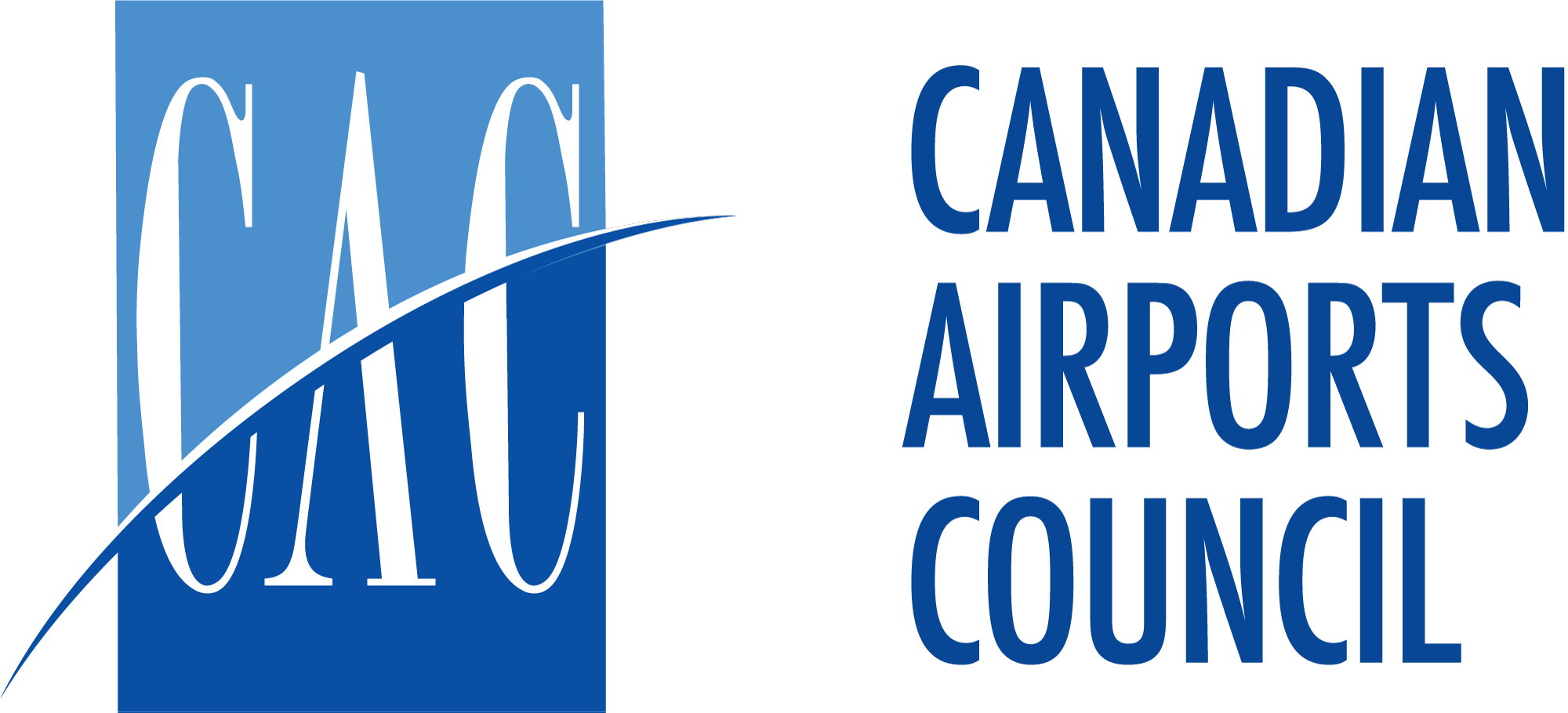OTTAWA, ON November 24, 2020. With passenger numbers remaining at historic lows and travel restrictions continuing for the foreseeable future, Canada’s airports have renewed their call for urgent government relief.
October 2020 passenger volumes were 85.5 percent lower overall compared with October 2019. By sector, domestic travel was down by 79.2 percent, U.S. transborder traffic by 95.9 percent and other international traffic by 91.3 percent. This is a continuation of a eight-month long trend. Since April, traffic has been down by 90 percent over the same period in 2019.
Unlike many other countries, the majority of Canadian airports are not subsidized by government. They rely on revenues generated by passenger air travel. All of the services they provide, such as passenger facilitation, operations and emergency services like firefighting or humanitarian relief, are paid for by users. But with virtually no users and no revenue, the system has broken down.
“Frankly, the numbers are appalling,” said Daniel-Robert Gooch, president of the Canadian Airports Council. “Our best month – and I use that term very loosely – was September, when traffic was down by ‘only’ 85.2 percent.”
Despite the government’s public statements about the importance of the air sector to Canadians, its only direct assistance for airports so far has been some support from the wage subsidy and the cancellation of ground rent paid by 22 airports to the end of 2020. While these provided some help, they fell far short of a real solution. A commitment in the Speech from the Throne to support regional routes and travel and tourism provided some assurance, as did a subsequent statement from Transport Minister Marc Garneau on creating a sector-based relief package.
While we are pleased that the government is prepared to act, it has not shared a timeline for discussions and airports are beginning to run out of options.
“The health and safety of our passengers and workers is our number one priority, without exception or compromise,” Mr. Gooch said. “And despite financial difficulties, airports continue to maintain operations, emergency services and enhanced safety and health protocols even as passengers have disappeared and air carriers have begun to cancel important regional routes. If the government does not act to support these national assets immediately, there could be serious consequences not only for travellers, but for communities as well.”
The air transport industry is essential to a nation’s economy, a fact recognized by other countries that have already provided a total $150 billion dollars in lifelines to their airports and airlines. Canada’s delay in taking action increases the risk that when COVID-19 restrictions ease, it will take too long for our sector to come back.
“We appreciate everything the government has done to protect Canadians and businesses, and are sympathetic to the extraordinary pressures it has been under,” explained Mr. Gooch. “But the reality is that other than the Canada Emergency Wage Subsidy, the rest of the business relief programs implemented by the federal government are not helpful to airports. Without additional action, the effects of the pandemic will last for a long time. Our sector operates in a competitive environment and find they have few options to avoid painful choices that will impact the services that airports provide, reduce regional access and stunt tourism and trade.”
The Canadian Airports Council is calling on the government to:
- Implement a nationally consistent and globally aligned testing program at airports to reduce or eliminate quarantine restrictions and restore consumer confidence in air travel.
- Extend a multi-year moratorium on ground lease rents at the eight busiest privately operated airports until business has recovered.
- Eliminate rent for the 14 small airports, which has never raised more than $15 million in government revenue.
- Provide interest-free loans or direct operational support for airports.
- Increase annual Airports Capital Assistance Program (ACAP) funding for very small airports to $95 million for at least five years.
- Create a new stream of funding for safety and security related infrastructure at airports not eligible for ACAP, to maintain safe infrastructure, pay for COVID-19 adaptations, and implement new federal regulations projected to cost more than $350 million.
###
About the Canadian Airports Council
The Canadian Airports Council (CAC), a division of Airports Council International-North America, is the voice for Canada’s airports community. Its 54 members represent more than 100 airports, including all of the privately operated National Airports System (NAS) airports and many municipal airports across Canada.
Prior to the pandemic, Canada’s airports supported nearly 200,000 jobs, generating $13 billion in wages and $7 billion in taxes to all levels of government.
For more information, please contact:
Debra Ward
Canadian Airports Council
613 274 0691 613 850 9118
debra.ward@cacairports.ca

